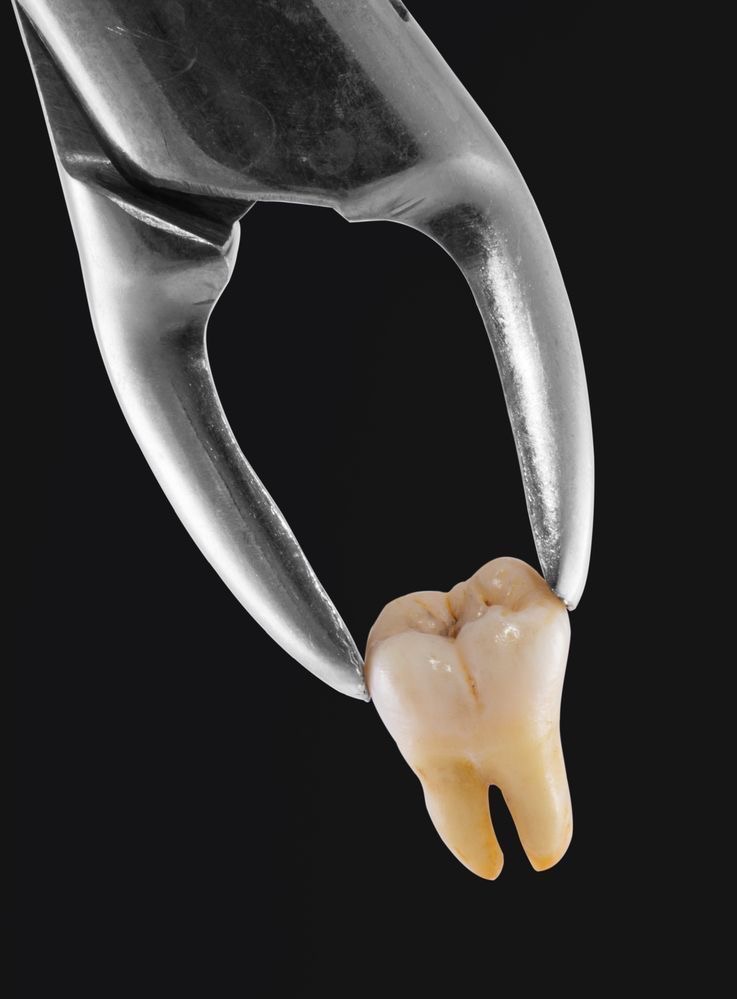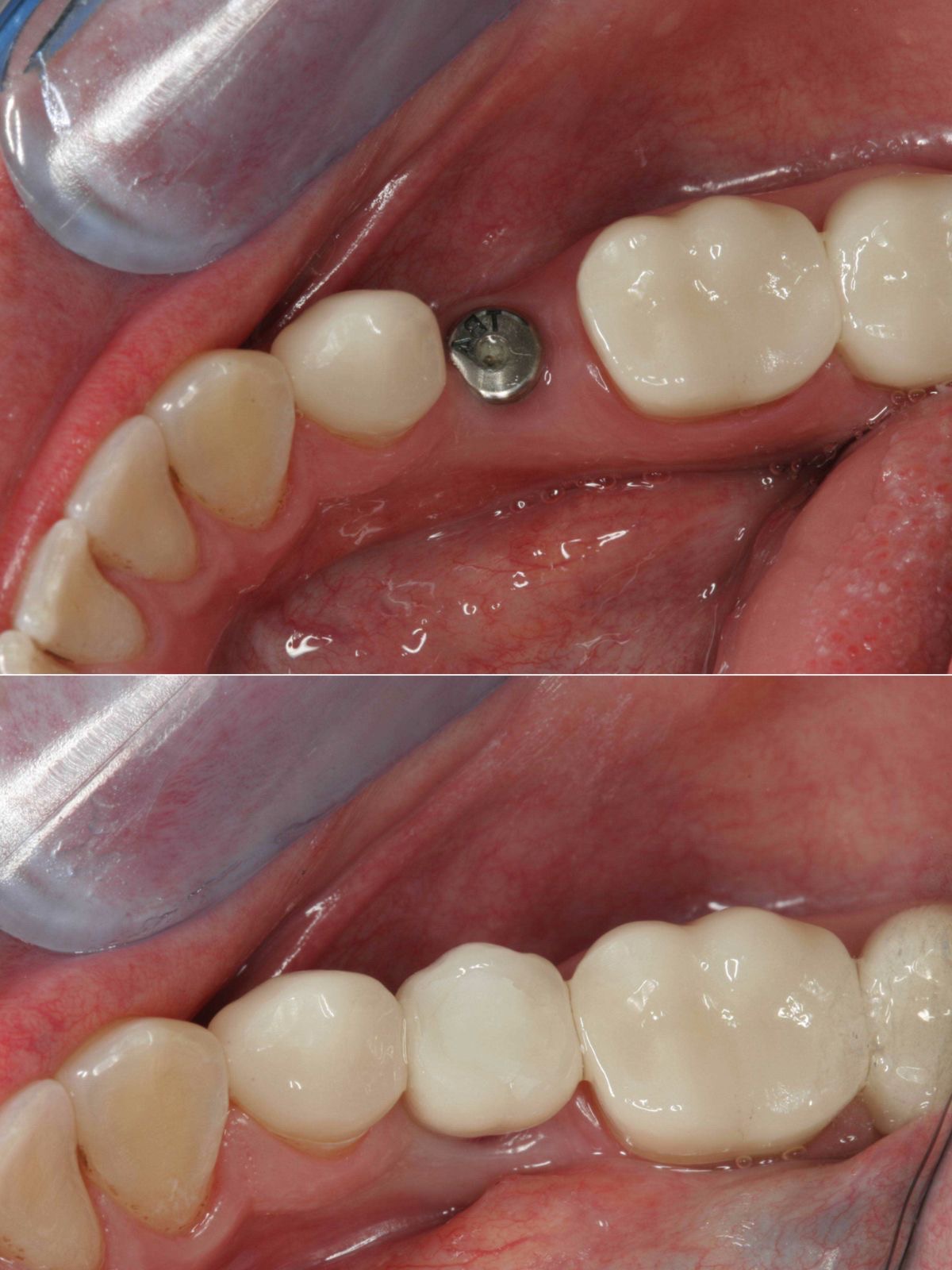Advanced Dental Care in Dubai: Implants, Extractions & Expert Surgery Solutions
Professional tooth extraction procedures at our Dubai dental clinic provide essential treatment for various dental conditions. When severe tooth decay, progressive gum disease, dental overcrowding, or orthodontic requirements necessitate tooth removal, our experienced dental team ensures safe and effective treatment outcomes.
Specializing in dental implants, wisdom tooth extractions, and tooth removal, our clinic combines advanced technology with expert care to ensure optimal oral health and aesthetic results.

Immediate Dental Implants: Same-Day Smile Restoration
Our Dubai clinic proudly offers immediate dental implant solutions, an advanced treatment option that allows for tooth extraction and implant placement in a single visit. This innovative approach is ideal for patients with healthy bone structure and no active infection. Immediate implants significantly reduce treatment time and minimize the emotional and functional impact of tooth loss.
The procedure begins with gentle extraction of the compromised tooth, followed by careful preparation of the socket. Our dentists then precisely place the titanium implant post, often with a temporary crown attached, allowing you to leave our clinic with a functional and aesthetically pleasing replacement tooth. This technique preserves the natural gum architecture and stimulates bone preservation from day one, resulting in superior aesthetic outcomes and reduced overall treatment time.
Not every case is suitable for immediate implants, which is why our comprehensive evaluation process carefully assesses your specific oral conditions. For qualifying patients, this procedure offers remarkable advantages including reduced surgical appointments, preservation of gum contours, and immediate restoration of confidence in your smile. Our expertise in immediate implantation techniques has made this service highly sought-after among Dubai professionals seeking efficient, high-quality dental solutions.

Tooth Extraction in Dubai: Precision & Comfort
Tooth extraction is a dental procedure where a tooth is removed from its socket in the jawbone. At our Dubai dental clinic, we perform this treatment for various essential reasons, including severe tooth decay, advanced gum disease, dental overcrowding, or as preparation for orthodontic treatment.
Our dental practice specializes in two distinct types of tooth extraction procedures. For teeth visible in the dental arch, we perform straightforward extractions using precise techniques. When dealing with complex cases, such as impacted wisdom teeth that lie beneath the gum line, our surgical extraction expertise ensures optimal treatment outcomes.Your treatment begins with a thorough consultation. During this visit, our dentist carefully evaluates the affected tooth and surrounding area, taking X-rays to assess the tooth's condition and position. This assessment helps determine the most appropriate extraction approach for your specific case.
Patient comfort remains paramount throughout the extraction process. Our dental team administers professional-grade local anesthesia to ensure a pain-free procedure.
Using local anesthesia for anxious patients, our dentists perform both simple extractions (for visible teeth) and surgical extractions (for impacted or broken teeth). Following your extraction, we provide detailed post-operative care instructions to ensure proper healing and minimize discomfort. While tooth extraction may seem concerning, it often represents a necessary step toward improving oral health and preventing further dental complications.
Once healing progresses satisfactorily, our dental team discusses various tooth replacement options. Whether considering dental implants or bridge restorations, we guide you through available choices to restore both functionality and aesthetics to your smile.Our Dubai dental practice prioritizes excellence in tooth extraction procedures, combining professional expertise with patient-centered care to achieve superior treatment outcomes. Through careful attention to pre-operative planning, precise surgical techniques, and comprehensive aftercare support, we ensure each patient receives the highest standard of dental care.

Wisdom Tooth Extraction in Dubai: Preventative Care for Long-Term Health
Wisdom teeth often emerge improperly, causing pain, infections, or damage to adjacent teeth. Our experienced oral surgeons in Dubai use digital X-rays to evaluate wisdom teeth positioning and determine the safest extraction approach. For impacted teeth, we perform minimally invasive surgical extractions under local anesthesia or sedation, prioritizing patient comfort.
During surgery, we utilize microsurgical techniques and specialized instruments to access and remove wisdom teeth with minimal disruption to surrounding tissues. For impacted cases, our surgeons employ precise removal techniques and tooth sectioning when necessary, ensuring gentle extraction while maintaining the integrity of adjacent structures.
Post-operative care includes advanced pain management protocols and detailed recovery guidelines. We provide specialized wound care instructions and implement preventive measures against common complications, ensuring a smooth healing process.

Dental Implants in Dubai: Permanent, Natural-Looking Solutions
Experience state-of-the-art dental implant treatment at our Dubai surgical clinic, where we combine cutting-edge technology with extensive surgical expertise to deliver exceptional results. Our comprehensive implant solutions restore both function and aesthetics, providing long-lasting tooth replacement that looks and feels natural.
Dental implants are the gold standard for replacing missing teeth, offering unmatched durability and aesthetics. At our dental clinic, we use titanium implant posts surgically placed into the jawbone, which fuse with the bone over time for a stable foundation. The titanium implants we use feature advanced surface technology that promotes rapid osseointegration – the crucial process where the implant fuses with your natural bone.
The final phase is to create custom-designed crowns that perfectly match your natural teeth. Using premium materials and advanced fabrication techniques, we ensure your replacement tooth provides optimal function while maintaining natural aesthetics. This process prevents bone loss, preserves facial structure, and restores full chewing function.
